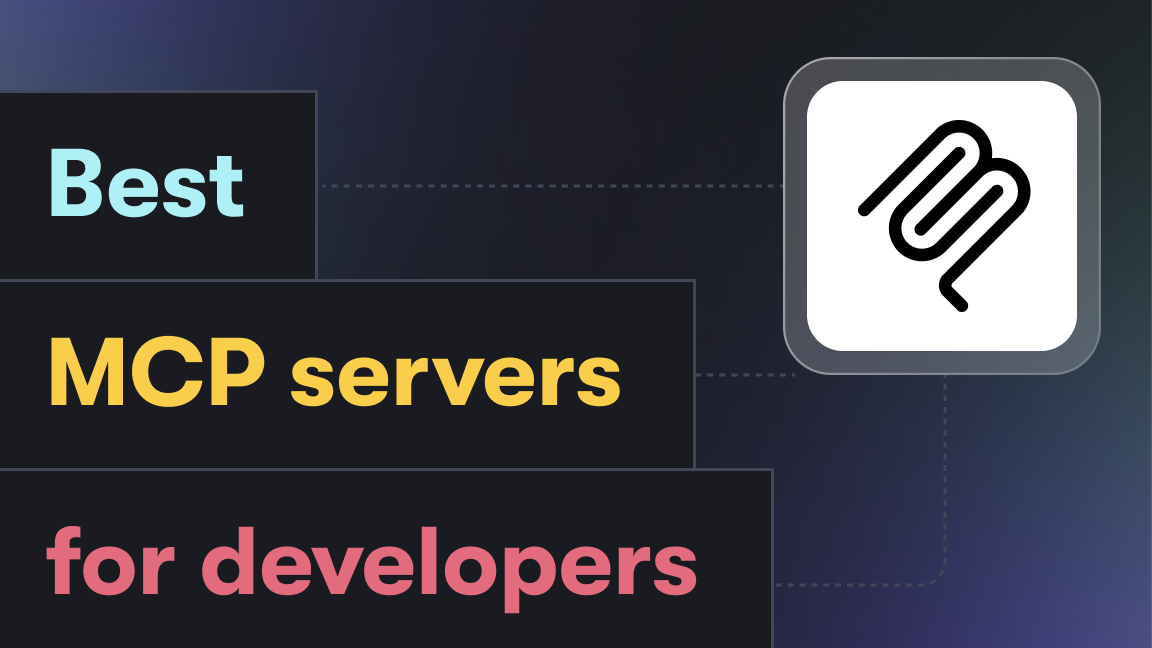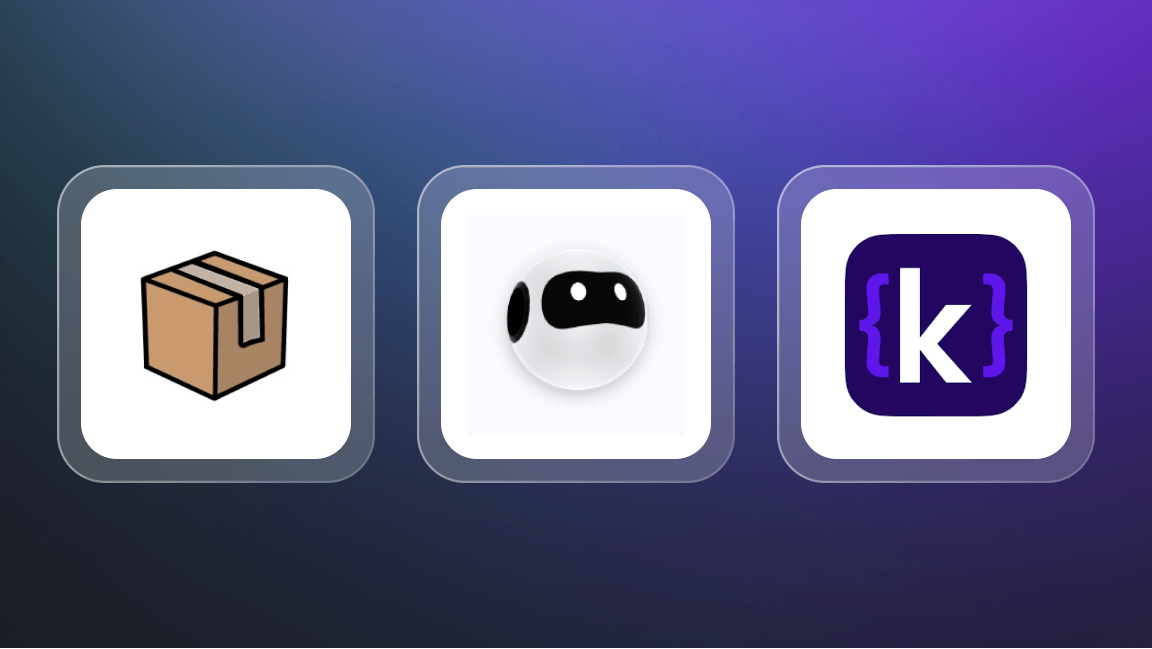Scrapy is one of the fastest and most powerful web crawling frameworks. Written in Twisted - an event-driven framework that gives it asynchronous capabilities - Scrapy is one of the most popular choices for web scraping in Python. It allows you to extract data from multiple pages in parallel and export it.
Unlike many alternatives, Scrapy is designed specifically for data extraction. It has built-in support for handling requests, processing responses, and exporting data. Scrapy makes it easy for you to post-process any data you find while crawling and scraping the web. It can handle many requests at the same time, which makes scraping runs faster. It also provides the building blocks you need to build spiders for web crawling that require a minimum amount of maintenance.
What are the disadvantages of Scrapy?
That all sounds great. So, why would anyone look for Scrapy alternatives?
- 1) Complexity
Scrapy is known for its steep learning curve. If you're new to web scraping, you’d probably want to go for a beginner-friendly alternative, such as Beautiful Soup.
- 2) Cannot scrape dynamically loaded content on its own
To extract pages loaded dynamically with AJAX or data rendered using JavaScript, you’ll need to render the pages like a real user. HTML scrapers aren't capable of that, but drivers that can control headless browsers are. So, in such cases, you’ll need to pair Scrapy with a driver such as Playwright or Selenium.
- Web scraping with Scrapy 101
- How to use middleware in Scrapy: customizing your spider
- Handling data in Scrapy: databases and pipelines
- Scrapy monitoring: managing your Scrapy spider
- Scrapy-Playwright tutorial

Alternatives to Scrapy for web scraping
Given the disadvantages of Scrapy mentioned above, we looked at 5 Python alternatives to Scrapy:
The table below is a basic comparison between them and Scrapy for ease of use, language support, browser automation, scalability, support for dynamic content, and more.
| Scrapy | Beautiful Soup | Mechanical Soup | Selenium | Playwright | Crawlee | |
|---|---|---|---|---|---|---|
| Tool type | Web crawling and scraping framework (but doesn't have browser automation built in) | XML and HTML parser | Browser automation library based on Requests and Beautiful Soup | Automation and testing library | Automation and testing library | Full-featured web scraping and browser automation library |
| Supported languages | Python | Python | Python | Python, JavaScript, TypeScript, .NET, C#, Java, Ruby | JavaScript, TypeScript, Python, .NET, C#, Java | JavaScript, TypeScript, Python |
| Browser automation | ❌ | ❌ | ✅ | ✅ | ✅ | ✅ |
| Default browser fingerprint generation | Limited, but it allows for manual fingerprint configuration | ❌ | ❌ | ❌ | ❌ | ✅ Browser fingerprints are generated by default and can be customized with PlaywrightCrawler or PuppeteerCrawler |
| Ease of use | For the tech-savvy. Scrapy has a steep learning curve | ✅ Beginner-friendly | ✅ Beginner-friendly | Moderate | ✅ Easy | Moderate |
| Scalability | ✅ Excellent | Not so good | Not so good | Not so good | Not so good | ✅ Excellent |
| Support for dynamic content | Possible via plugins | ❌ | ✅ Limited to simple dynamic content | ✅ | ✅ | ✅ |
| Integrations | ✅ Has built-in exports to databases | ❌ | ❌ | ❌ | ❌ | ❌ |
| Documentation | Extensive and detailed, but lacks substantial real-life spider examples | Somewhat limited and has an outdated feel to it. However, there's plenty of available info online due to the library's popularity and huge community | Somewhat limited and has an outdated feel to it | Extensive but has a slightly outdated feel to it | Extensive and detailed | Extensive, including multiple examples of how the library can be applied in real scraping situations |
| Community & Support | Large following, online community, and forums | Large following | Small but active community | Large following | Good developer support and a growing community | Good developer support and a growing community |
1. Beautiful Soup
Beautiful Soup is a popular Python library for parsing HTML and easily navigating or modifying a DOM tree. However, parsing is only one aspect of web scraping, so it isn’t a full-featured web scraping library.
Beautiful Soup is renowned for being user-friendly and much easier to learn than Scrapy. Extracting HTML and XML elements from a web page requires only a few lines of code, making it ideal for tackling simple scraping tasks with speed.
However, its lack of asynchronous support means that it isn’t great for scalability and large web scraping projects.
Is Scrapy better than Beautiful Soup?
For beginners and small projects, Beautiful Soup is a better option. For scalability, Scrapy beats Beautiful Soup.
- How to parse HTML in Python with PyQuery or Beautiful Soup
- Web scraping with Beautiful Soup and Requests
- Beautiful Soup vs. Scrapy for web scraping
2. Mechanical Soup
Mechanical Soup is a Python browser automation library that combines the ease of use of Requests for HTTP requests with the HTML parsing capabilities of Beautiful Soup, acting as a higher-level abstraction and headless browser. It offers Python developers a lightweight and efficient toolkit for automating web data extraction, mimicking a browser's behavior without a graphical interface. Named to highlight its integration of Mechanize and Beautiful Soup features, Mechanical Soup simplifies web scraping with functionalities such as navigation, form handling, and session management.
Is Scrapy better than Mechanical Soup?
Mechanical Soup has limited advanced features compared to Scrapy. But if you need functionalities like form handling, navigation, and session management, Mechanical Soup is a better option than Scrapy, as it lets you interact with websites more dynamically. However, it doesn't mimic advanced browser behavior, so it can't handle complex JavaScript.
3. Selenium
Selenium is an open-source suite of tools to automate web browsers across multiple platforms. It has a huge community largely due to its age and wide-ranging language support. Though it was primarily developed for web testing, it’s commonly used for scraping due to its ability to control headless browsers, render JavaScript on a page, and scrape dynamic websites.
Nonetheless, given it wasn’t designed for web scraping, it isn’t the most user-friendly option, nor is it ideal for large-scale data extraction, as scraping large amounts of data is slow and inefficient in comparison with other alternatives.
Is Scrapy better than Selenium?
For scalability, Scrapy wins again. But Selenium wins for its cross-language support and efficiency in scraping dynamic content (though scraping dynamic content is possible with Scrapy via plugins).
- Scrapy vs. Selenium: how to choose between them for web scraping
- Web scraping with Selenium and Python
- Selenium page object model: what is POM and how can you use it?
- Selenium WebDriver: how to handle popups
- Selenium WebDriver: how to handle iframes
- Selenium Grid: what it is and how to set it up
- How to scrape JavaScript-rendered pages with Selenium
4. Playwright
Since its launch in 2020, Playwright has been rapidly growing in popularity among Pythonistas and JavaScript fans alike due to its cross-browser and multi-language support, ease of use, and other cool modern features. Although it’s primarily for controlling browsers, its versatility and auto-awaiting function make it a very popular choice for data extraction. If it’s Python you want, check out the Playwright for Python documentation.
Is Scrapy better than Playwright?
Although Playwright is a JavaScript and Node.js library, its consistent support of Python makes it worth comparing to Scrapy. As with Selenium, Playwright outperforms Scrapy on the dynamic content front. Yet Scrapy remains the better option for scalability.
- What is Playwright?
- Python Playwright: a complete guide
- How to scrape the web with Playwright
- Scraping single-page applications with Playwright
- Unlocking the potential of Brave and Playwright for browser automation
- Playwright vs. Selenium: which one to use for web scraping?
- Playwright vs. Puppeteer: which is better?
- How to use Playwright selectors
5. Crawlee
Crawlee is the only Scrapy alternative on our list that is a full-fledged web scraping and browser automation library. The browser automation part is significant, as this makes it an even more complete web scraping library than Scrapy.
When it comes to web data extraction, Crawlee has a few significant advantages over Scrapy:
- Support for headless browser crawling
While Scrapy requires the additional installation of middleware, such as scrapy-playwright, and still doesn’t work with Windows, Crawlee for Python supports a unified interface for HTTP & headless browsers.
- Easier to set up and learn
With Scrapy, when you run a command to create a new project, you get many files. Then, you need to learn about various components, such as spiders, middleware, and pipelines.
Crawlee, on the other hand, provides ready-made templates and only a single file to add the code. That makes it very easy to start building a scraper.
- Type hint coverage
Because Crawlee's whole code base is fully type-hinted, you get better autocompletion in your IDE. This not only enhances developer experience while developing scrapers with Crawlee but also reduces the number of bugs thanks to static type checking.
- Based on Asyncio
Both Scrapy and Crawlee are asynchronous frameworks. However, Scrapy relies on the "legacy" Twisted framework. Integrating Scrapy with modern Asyncio-based applications can be challenging, often requiring more effort and debugging.
Crawlee, on the other hand, is fully asynchronous and based on Asyncio, making integration with other applications or the rest of your system much easier.
- State persistence
Crawlee supports state persistence during interruptions. This means you can resume a scraping pipeline without restarting from the beginning. That saves time and costs for long-running scrapers.
- Separated result storage
Crawlee simplifies result handling by providing built-in storage options, such as datasets and key-value stores, to organize data for each scraping run.
- Easy transition for Scrapy users
Crawlee also supports Parsel, an HTML parser that Scrapy users are familiar with, through the ParselCrawler. This allows you to reuse your existing CSS and XPath selectors without modification, significantly lowering the barriers for transitioning from Scrapy to Crawlee.
Is Scrapy better than Crawlee?
No. While Scrapy and Crawlee are similar in that they're both full-fledged web scraping libraries, Crawlee not only provides an easier setup and learning curve but also offers cool features such as out-of-the-box support for headless browser crawling, state persistence, complete type hint coverage, and more.
- Crawlee documentation
- Crawlee for Python
- Crawlee web scraping tutorial
- Crawlee for Python tutorial
- Crawlee data storage types: saving files, screenshots, and JSON results
- Scrapy vs. Crawlee
Learn about Crawlee for Python in a webinar hosted by its creators
Let's recap: it really comes down to Scrapy vs. Crawlee
While many of the alternatives presented here are ideal for specific needs, Scrapy remains a more powerful and complete library for web scraping compared with the likes of Playwright, Selenium, and Beautiful Soup. However, when it comes to full-fledged web scraping libraries, Crawlee stands out as the most complete and versatile library for web scraping and browser automation in both Python and JavaScript. With over 15,000 stars on GitHub (and counting) since its launch in the summer of 2022, it's clearly meeting the needs of web scraping developers.
Learn how to use Crawlee in Python for your web scraping projects
Note: This evaluation is based on our understanding of information available to us as of March 2025. Readers should conduct their own research for detailed comparisons. Product names, logos, and brands are used for identification only and remain the property of their respective owners. Their use does not imply affiliation or endorsement.







